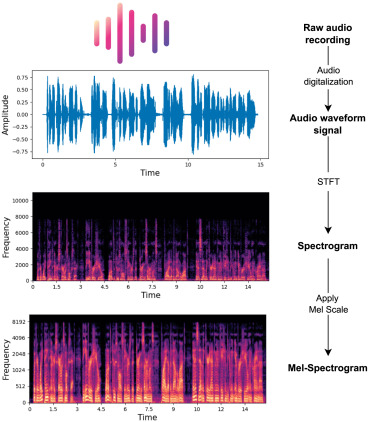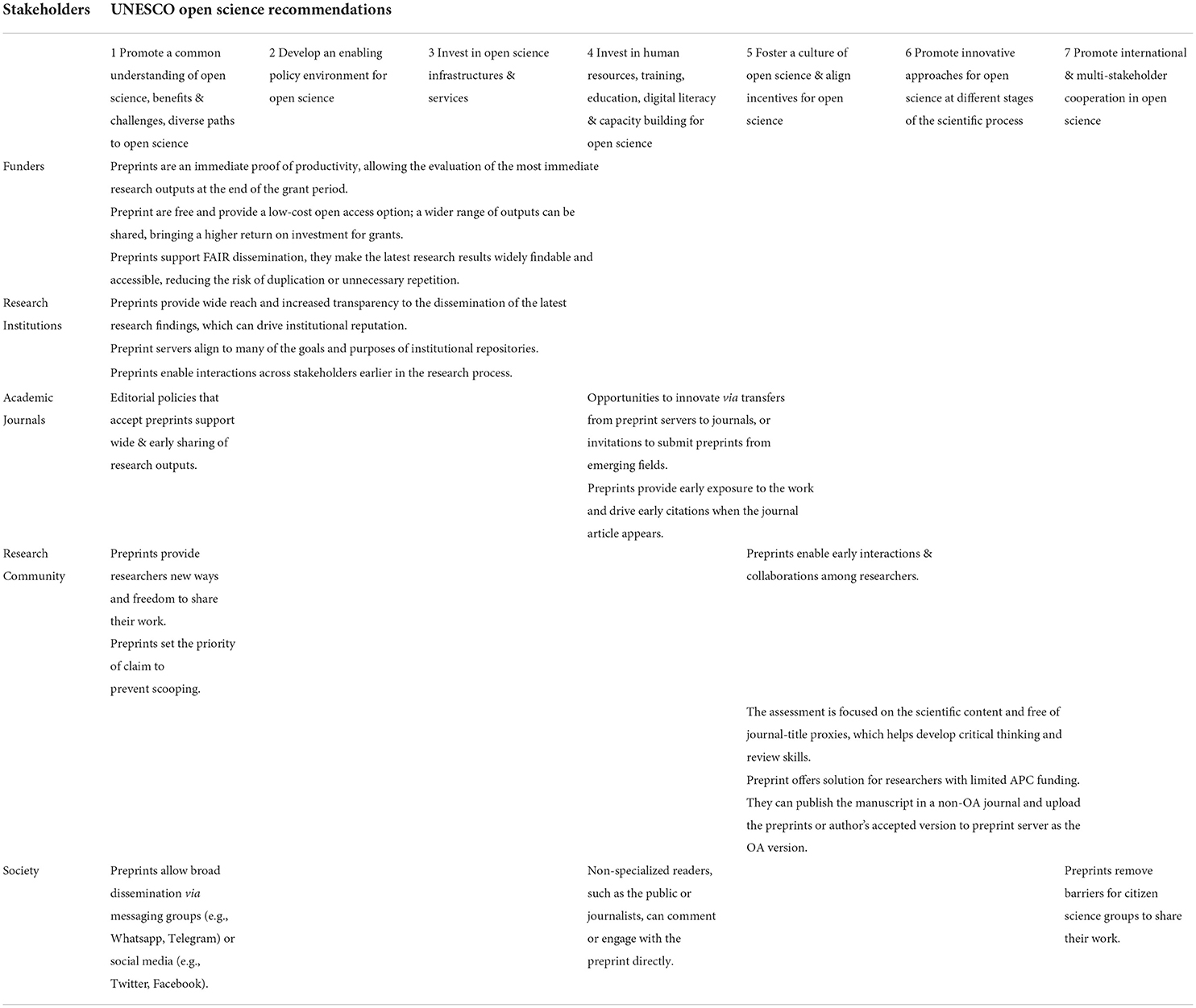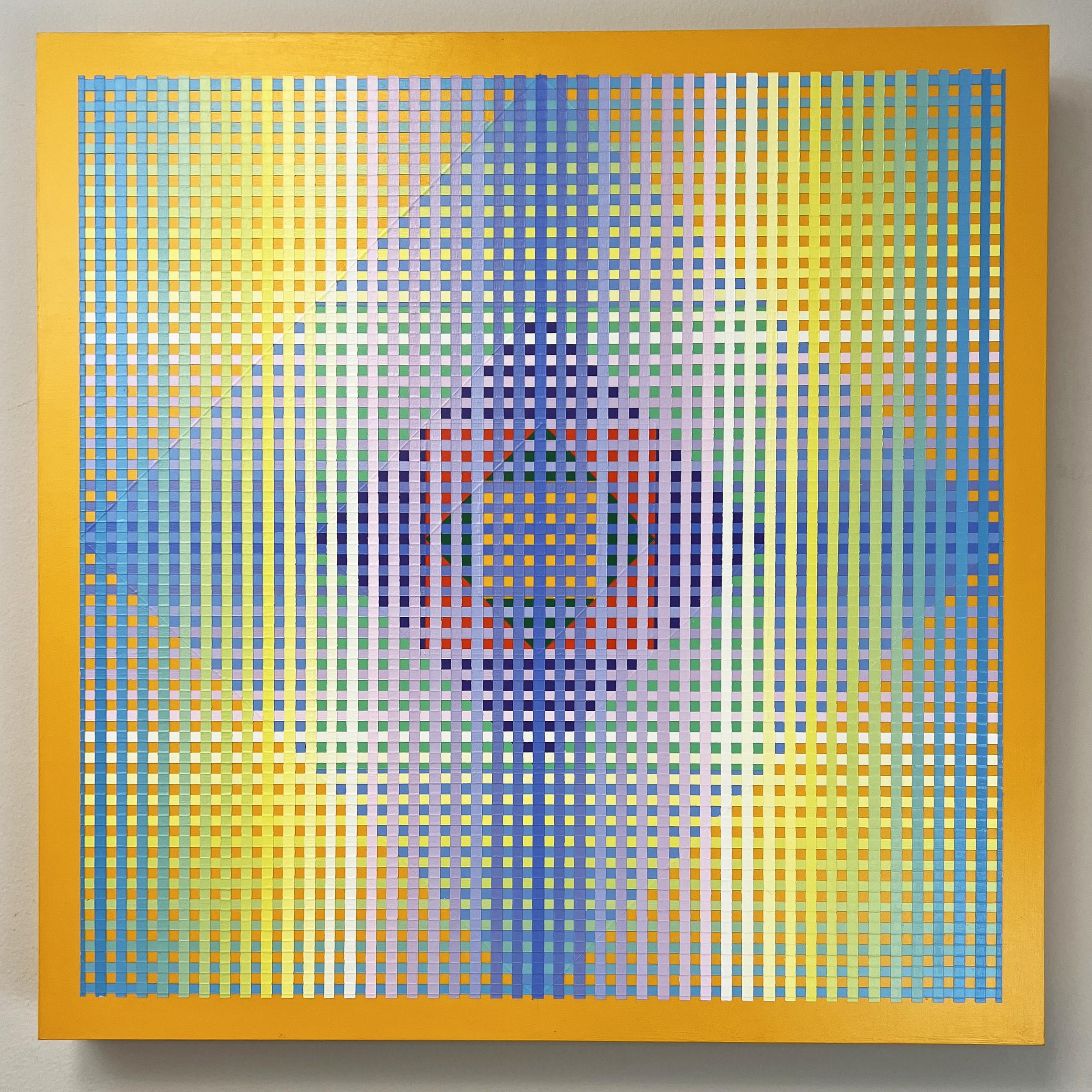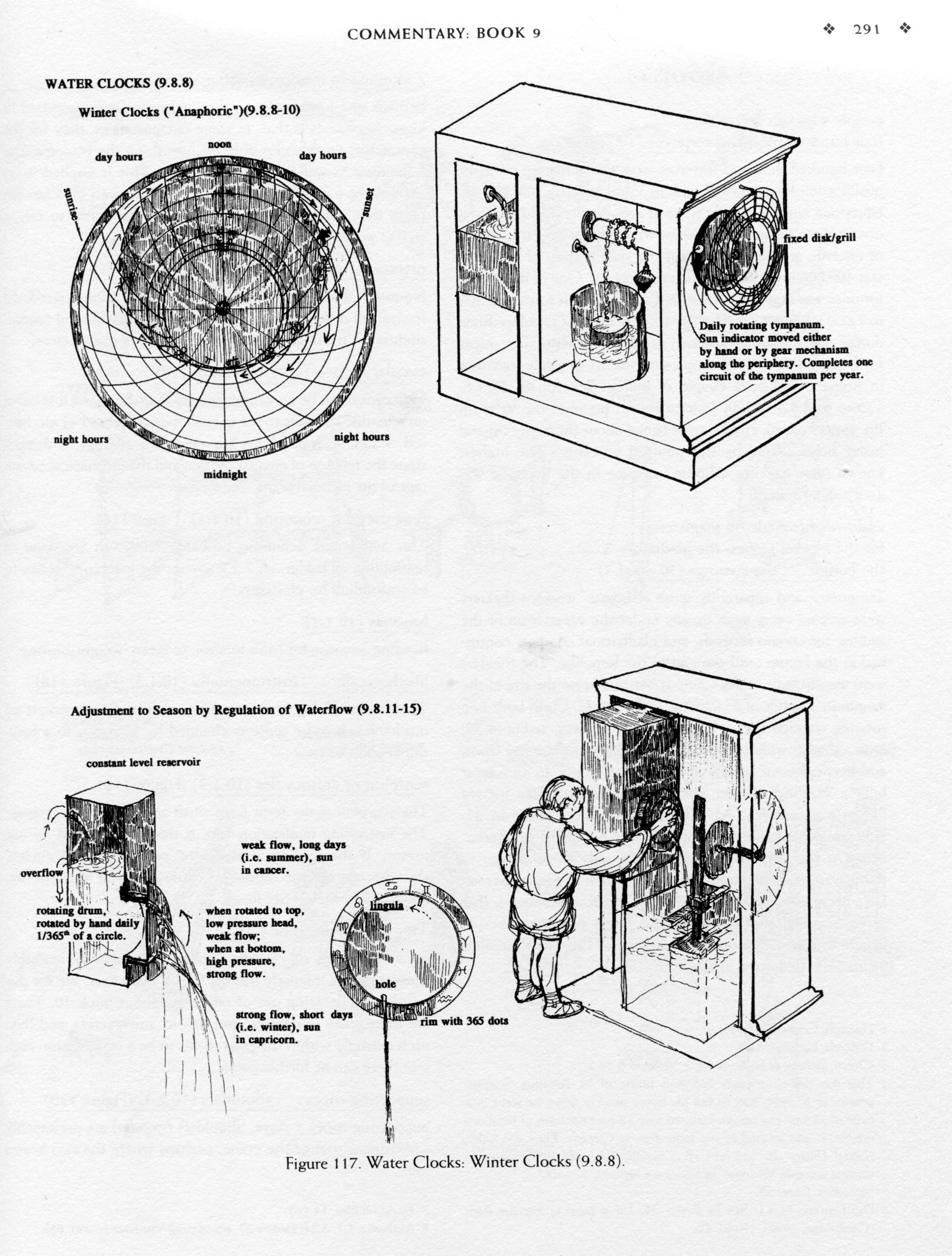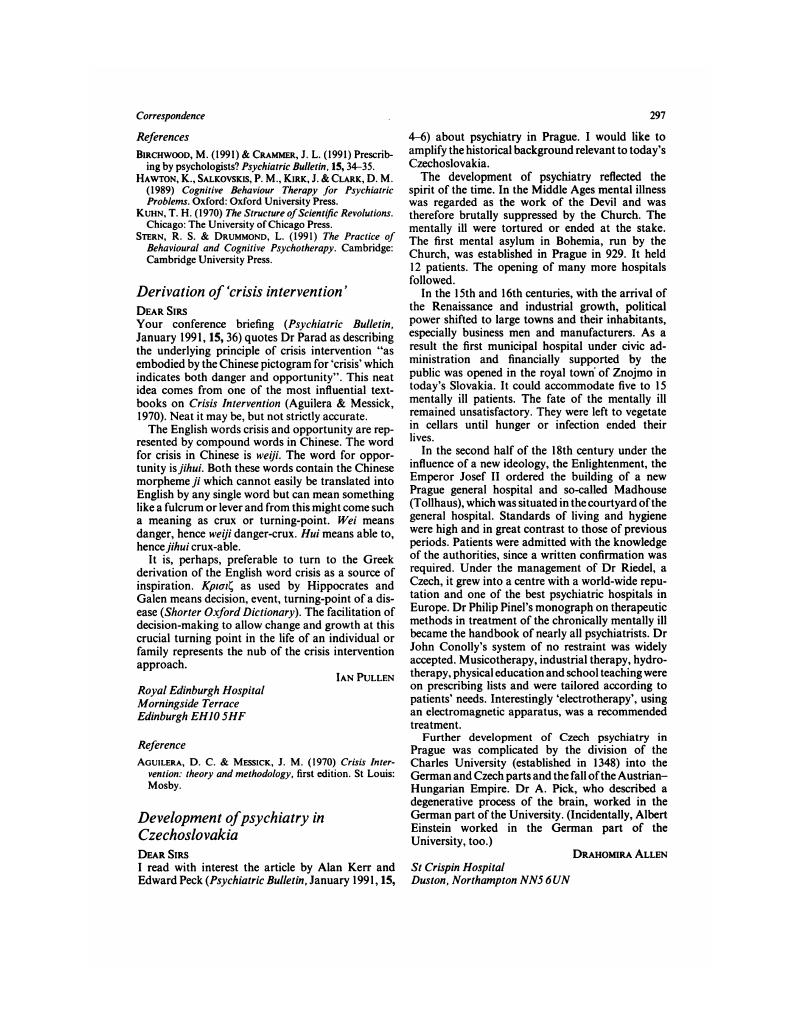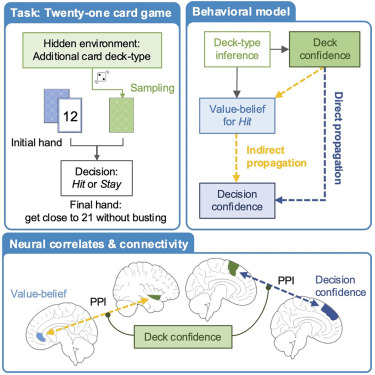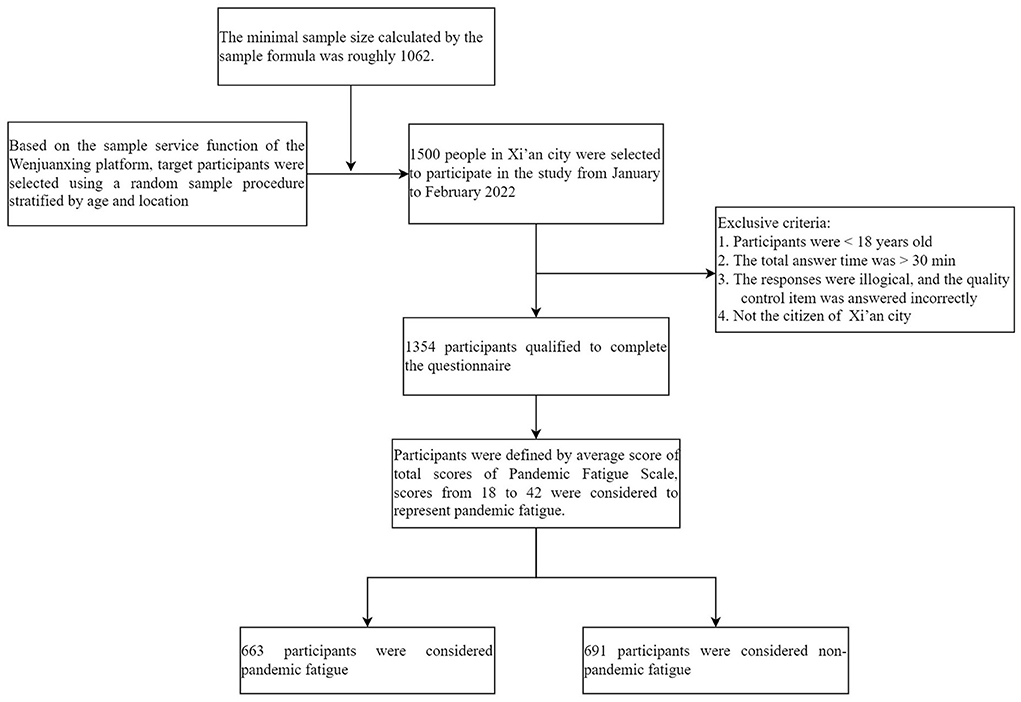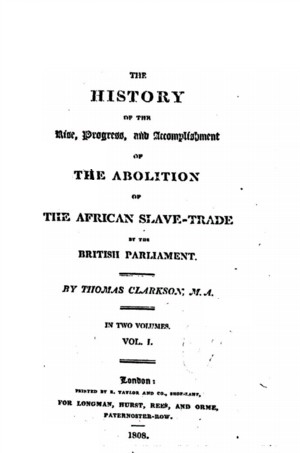Spaced repetition has been recognized as a powerful technique for enhancing memory, particularly effective in preserving knowledge over long durations. This method entails acquiring information in intervals rather than through intensive study sessions, which is typically referred to as cramming. By distributing study periods, learners provide their brains with the essential time to solidify information, […]
Read More